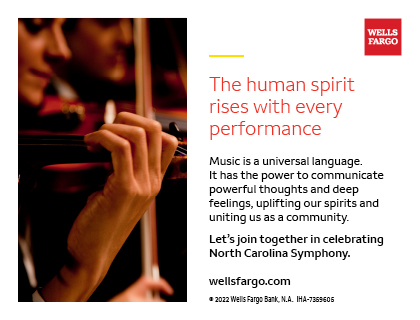The Planets, Op. 32
Gustav Holst (1874-1934)
THE STORY
Before the composition of The Planets, Gustav Holst had found only modest success as a composer. A quiet, nervous man, his primary vocation was as a teacher of music at the St. Paul’s Girls’ School in London, beloved by students and colleagues alike.
Holst’s imagination was sparked by the pseudoscience of astrology. The composer explained, “These pieces were suggested by the astrological significance of the planets; there is no programme music, neither have they any connection with the deities of classical mythology bearing the same names. If any guide to the music is required, the subtitle of each piece will be found sufficient…”
Holst worked meticulously for three years during the First World War, completing The Planets in 1917. A full premiere came three years later, in 1920. The work brought instant and worldwide fame to its creator. Holst, shy and wary of the spotlight, was baffled by the success of the piece, noting, “Every artist ought to pray that he may not be a success.”
LISTEN FOR
- The asymmetric five-beat march pattern consistently repeated in the first movement of the work to evoke the savagery and suffering brought about by war
- Scurrying strings and woodwinds in the third movement to convey the “process of human thought”
- Bells in the fifth movement to emulate the tolling of a clock, plus a steady pulse that is passed around the orchestra signifying the constant and unstoppable marching of time
- The offstage choir at the end of the final movement, giving the listener a sense of floating in the endless void of space
INSTRUMENTATION
Two piccolos, four flutes, alto flute, three oboes, bass oboe, English horn, three clarinets, bass clarinet, three bassoons, contrabassoon, six horns, four trumpets, three trombones, two tubas, two timpani, percussion, celesta, organ, two harps, strings

